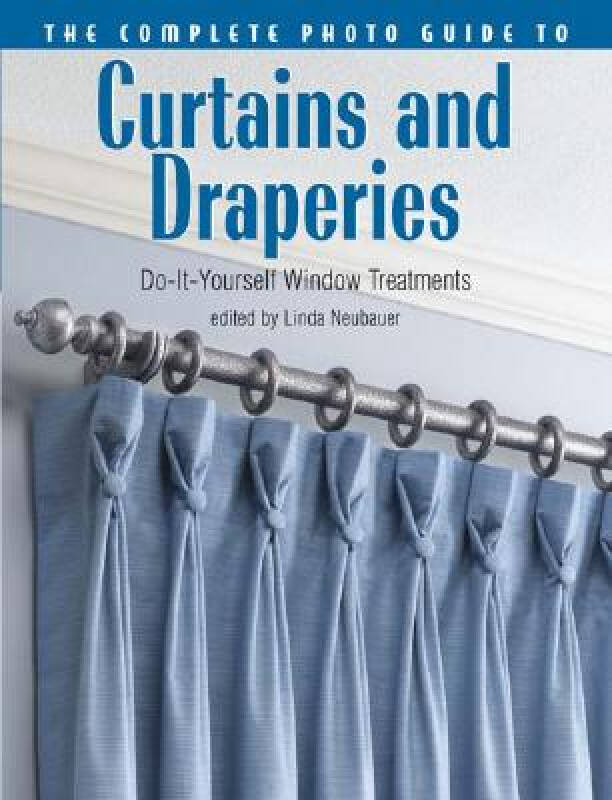Title: Do Curtains Still Have Formaldehyde After Washing?
Curtains are often treated with formaldehyde to enhance their quality and appearance. However, many people are concerned about the presence of formaldehyde in their curtains, especially after washing them. The answer to this question depends on a number of factors, including the type of curtain material, the amount of formaldehyde used in the treatment process, and the effectiveness of the washing process in removing formaldehyde.Some curtain materials, such as cotton or linen, are less likely to retain formaldehyde than others, like polyester or nylon. Additionally, the amount of formaldehyde used in the treatment process can affect how much remains on the curtains after washing. If a large amount of formaldehyde is used, it may take longer for the curtains to completely remove it.The washing process can also affect how much formaldehyde remains on the curtains. Machine washing with soap or detergent can help remove formaldehyde from the curtains, but it may not completely eliminate it. Handwashing with water and soap can also be effective in removing formaldehyde, but again, it may not guarantee complete removal.In conclusion, it is possible for curtains to still have formaldehyde after washing, but the amount present will depend on the type of material, the amount of formaldehyde used in the treatment process, and the effectiveness of the washing process. To reduce the risk of formaldehyde exposure, it is recommended to choose curtains made from natural materials and to wash them regularly with soap or detergent.
When it comes to interior decoration, formaldehyde is a common concern for many homeowners. This chemical is often found in various household items, including curtains. However, the question remains: Do curtains still have formaldehyde after washing?

Firstly, let’s discuss what formaldehyde is and where it comes from. Formaldehyde is a colorless, pungent-smelling chemical that is widely used in industrial and consumer products. It is also present in many building materials and household items, including curtains. The reason for its presence in these products is that formaldehyde acts as a preservative and helps to extend the lifespan of these items.
However, formaldehyde is also a known carcinogen and can cause various health problems, such as irritation of the eyes, nose, and throat, as well as respiratory problems and skin allergies. Therefore, it is essential to take measures to reduce formaldehyde exposure in the home.
One of the ways to reduce formaldehyde exposure is to wash your curtains regularly. Washing curtains not only cleans them but also helps to remove formaldehyde residue. The process of washing curtains can effectively reduce the level of formaldehyde in them. However, it is crucial to note that even after washing, curtains may still contain some formaldehyde.
The reason for this is that formaldehyde is a very stable molecule and is not easily broken down by water or detergent. Therefore, even after multiple washes, some formaldehyde may still remain in the curtains. However, the good news is that the level of formaldehyde in washed curtains is usually much lower than in unwashed ones.

Another important point to consider is the quality of the curtain material. Some materials are more prone to formaldehyde contamination than others. For example, synthetic materials like polyester are often treated with formaldehyde-based preservatives to extend their lifespan. Therefore, if your curtains are made from these materials, they may contain higher levels of formaldehyde than those made from natural materials like cotton or linen.
To further reduce formaldehyde exposure, you can also consider using natural curtains made from materials like cotton or linen. These materials are not treated with formaldehyde-based preservatives and are therefore safer for your health. However, it is essential to note that natural curtains may not last as long as synthetic ones and may require more frequent replacement.
In conclusion, while washing curtains can effectively reduce formaldehyde exposure, it is crucial to note that even after washing, some formaldehyde may still remain in the curtains. The level of formaldehyde in washed curtains is usually much lower than in unwashed ones, but it may vary depending on the quality of the curtain material and its treatment with formaldehyde-based preservatives. To further reduce formaldehyde exposure, you can consider using natural curtains made from materials like cotton or linen.
Articles related to the knowledge points of this article:
How to Clean a Down Jacket Without Risk of Explosion
The rise of the collarless down jacket
Title: Top 10 Silk Scarf Brands in the Market - A Comprehensive Review
Title: 18 Creative Ways to Tie a Scarf: A Comprehensive Guide



